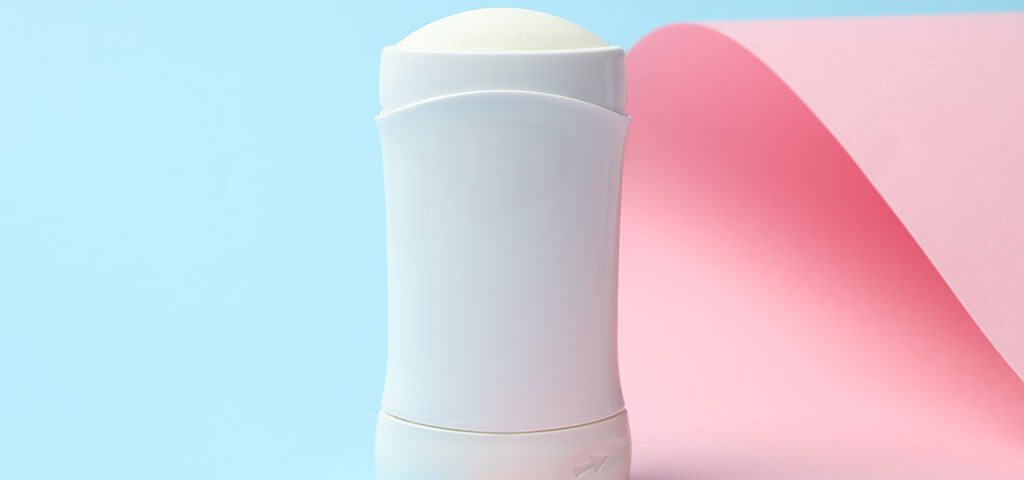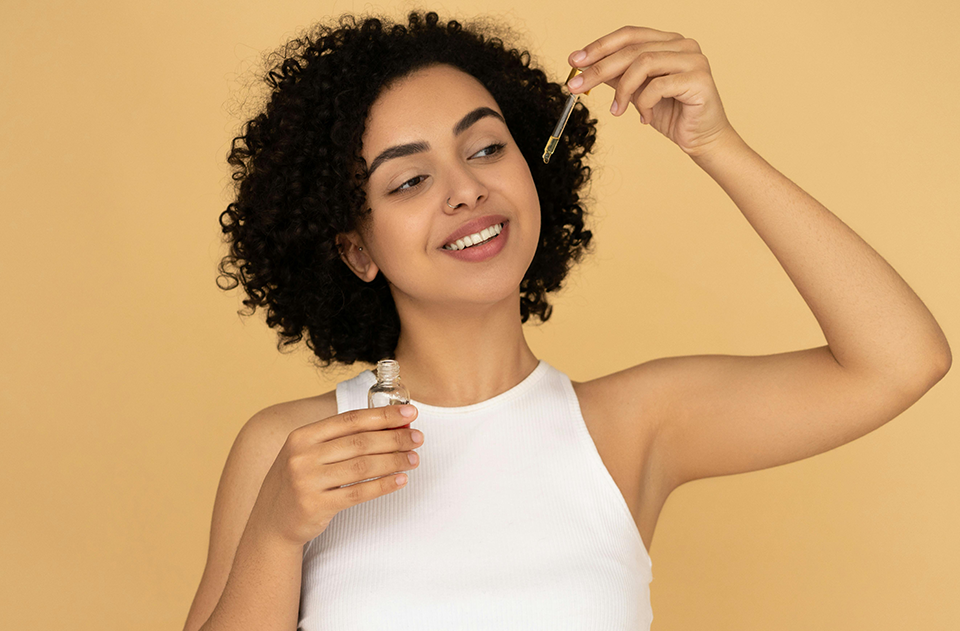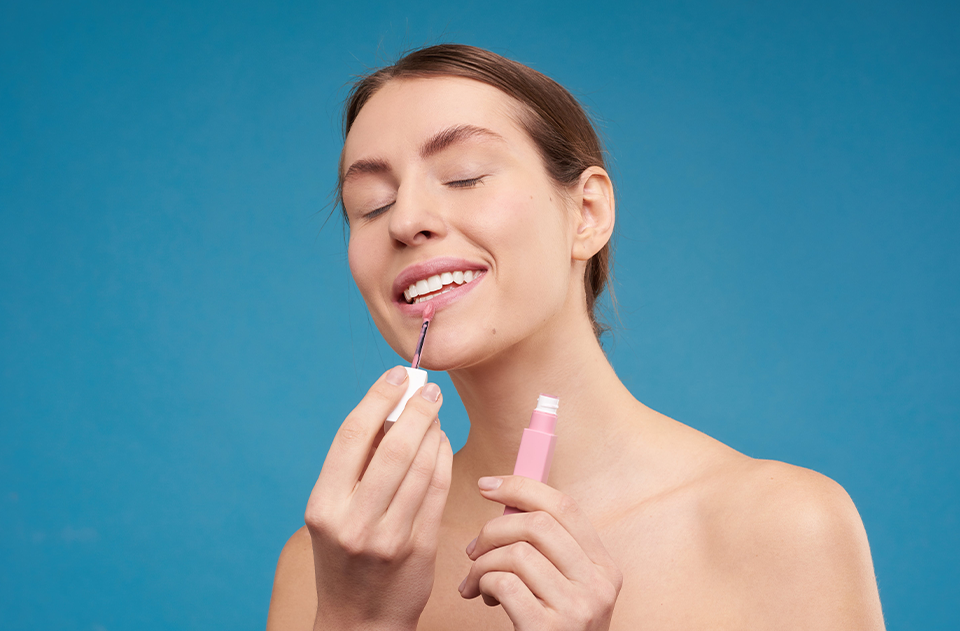What to Avoid in Deodorant: Safety Tips for Consumers

In today’s society, where personal hygiene is a priority, deodorant has become a staple in the daily routines of many. We rely on it to maintain freshness and confidence throughout the day. However, not all deodorants are created equal, and some may contain ingredients that pose potential health risks. Deodorants and antiperspirants may contain potentially toxic ingredients, raising concerns about their safety. Some of the harmful substances found in these products include aluminum salts, parabens, triclosan, phthalates, and propylene glycol. Research has linked these ingredients to various health issues, including cancer and reproductive development issues. In this post, we’ll explore the realm of deodorants, examining the ingredients to avoid, understanding their composition, and providing insights on choosing the safest options for your health. Ultimately, we aim to answer the crucial question: What deodorant is safe?
Understanding Deodorant Ingredients
When it comes to choosing a deodorant, it’s essential to be mindful of the ingredients listed on the label. Some common ingredients found in deodorants may have harmful effects on our health. One such ingredient is aluminum compounds, which are commonly used in antiperspirants to block sweat glands and reduce perspiration. While aluminum compounds are effective at preventing sweat, they have been linked to health concerns such as breast cancer and Alzheimer’s disease.
Other potentially harmful ingredients to watch out for include parabens, phthalates, and triclosan. Parabens are preservatives commonly used in cosmetics and personal care products to prevent the growth of bacteria and mold. However, studies have shown that parabens may disrupt hormone function and have been detected in breast cancer tumors. Phthalates are chemicals used to soften plastics and are often found in fragrances in deodorants. Like parabens, phthalates have been linked to hormone disruption and reproductive problems. Triclosan is an antimicrobial agent used in some deodorants to kill bacteria. However, it has been linked to antibiotic resistance and may disrupt hormone function. Propylene glycol is a common ingredient in deodorants that can cause skin irritation and allergic reactions in some individuals.
What to Avoid in Deodorant
To minimize your exposure to potentially harmful ingredients, it’s important to carefully read labels and avoid products containing aluminum compounds, parabens, phthalates, triclosan, and other synthetic chemicals. Keep an eye out for these commonly found harmful ingredients:
Aluminum Compounds:
- Aluminum Chlorohydrate
- Aluminum Zirconium Tetrachlorohydrex Gly
- Aluminum Hydroxybromide
Parabens:
- Methylparaben
- Ethylparaben
- Propylparaben
- Butylparaben
Phthalates:
- Diethyl Phthalate (DEP)
- Dimethyl Phthalate (DMP)
- Dibutyl Phthalate (DBP)
- Diisobutyl Phthalate (DIBP)
Triclosan:
- Triclosan
Other Synthetic Chemicals:
- Synthetic Fragrances (often listed simply as “Fragrance” or “Parfum”)
- Propylene Glycol
- Triethanolamine
- Talc
- Silica
Instead, consider selecting natural and aluminum-free deodorants that harness the power of safer alternatives like baking soda, arrowroot powder, and essential oils. These alternatives not only effectively neutralize odor but also absorb moisture.
What Safe Deodorant is Made Of
While the FDA regulates the safety of cosmetics, including deodorants, the presence of chemicals lacking safety data and their potential health impacts has raised concerns about their long-term effects on human health. Deodorants are typically made of a combination of ingredients designed to neutralize odor, absorb moisture, and provide a pleasant scent. Common ingredients found in natural deodorants include:
Baking Soda: Baking soda, scientifically known as sodium bicarbonate, serves as a versatile and effective ingredient in natural deodorants. Known for its alkaline properties, baking soda creates an environment on the skin that inhibits the growth of odor-causing bacteria. By gently adjusting the skin’s pH level, baking soda not only neutralizes unpleasant odors but also helps maintain a balanced and healthy underarm environment.
Arrowroot Powder: Extracted from the roots of the arrowroot plant, arrowroot powder emerges as a valuable natural ingredient in deodorant formulations. Recognized for its absorbent qualities, arrowroot powder acts as a gentle and non-irritating alternative to traditional talc-based powders. It’s fine texture enables it to effectively absorb moisture, keeping the underarms comfortably dry throughout the day. Moreover, arrowroot powder contributes to a smooth and silky texture in deodorant products, enhancing their application and overall feel.
Coconut Oil: Revered for its multifaceted benefits in skincare, coconut oil emerges as a prominent ingredient in natural deodorants. Rich in lauric acid, a potent antimicrobial compound, coconut oil exhibits remarkable efficacy in combating odor-causing bacteria. By forming a protective barrier on the skin’s surface, coconut oil helps shield against microbial proliferation while simultaneously imparting nourishing moisture. Its emollient properties contribute to a soft and supple skin texture, making it an ideal component in deodorant formulations designed to promote skin health and comfort.
Shea Butter: Derived from the nut of the African shea tree, shea butter stands as a revered natural moisturizer with exceptional skin-nourishing properties. Abundant in vitamins A and E, as well as essential fatty acids, shea butter offers profound hydration and replenishment to the delicate underarm area. Its emollient nature helps to soothe irritation and alleviate dryness, fostering a smooth and conditioned skin surface. Furthermore, shea butter’s occlusive properties create a protective barrier that locks in moisture and defends against environmental stressors, promoting overall skin resilience.
Essential Oils: Harnessing the aromatic essences of botanicals, essential oils emerge as prized ingredients in natural deodorants for their multifaceted benefits. For example, Lavender, revered for its calming and balancing properties, infuses deodorants with a delicate floral scent while providing soothing relief to the skin. Tea tree oil, renowned for its potent antimicrobial and antiseptic qualities, offers effective protection against odor-causing bacteria, making it a staple in natural deodorant formulations. Peppermint oil, with its invigorating and refreshing aroma, revitalizes the senses while imparting a cooling sensation to the skin. Together, essential oils not only provide natural fragrance but also impart antimicrobial properties, enhancing durability and freshness.
Is Spray Deodorant Bad for You?
While spray deodorants offer convenience, they frequently contain ingredients such as propellants and artificial fragrances, raising concerns about their impact on health. These components, essential for delivering the product, can trigger skin irritation and respiratory discomfort, especially when inhaled during application, particularly in enclosed spaces
Propellants generate pressure within the container for product release, yet they may also present health risks. Inhalation of propellant gasses during application may irritate the respiratory system, and they can contribute to skin irritation upon contact as they evaporate rapidly upon spraying.
Artificial fragrances in spray deodorants can worsen sensitivities and allergies, leading to adverse reactions. Repeated exposure to these synthetic scents through inhalation during application may lead to respiratory issues over time. To avoid these concerns, opting for roll-on or stick deodorants made with natural ingredients is a safer alternative.
Best Aluminum-Free Deodorants
Fortunately, there are plenty of aluminum-free deodorant options on the market today, many of which are vetted by trusted sources like the Environmental Working Group’s (EWG) Skin Deep website. This resource evaluates the safety of personal care products based on scientific research and transparent criteria, providing consumers with reliable information to make informed choices about their health and well-being. Some popular brands include:
Native:
Native deodorants are made with natural ingredients such as coconut oil, shea butter, and baking soda. They come in a variety of scents and are free of aluminum, parabens, and phthalates.
Schmidt’s:
Schmidt’s deodorants are made with plant-based ingredients such as arrowroot powder, coconut oil, and essential oils. They offer both stick and jar formulas and are free of aluminum, parabens, and phthalates.
Tom’s of Maine:
Tom’s of Maine deodorants are made with natural ingredients such as hops, sage, and aloe vera. They offer both stick and roll-on formulas and are free of aluminum, parabens, and artificial fragrances.
Best Natural Antiperspirants
Although natural deodorants excel in neutralizing odor, they may not offer the same level of sweat prevention as antiperspirants. Nevertheless, the market is evolving, and there are emerging options for natural antiperspirants that utilize alternative ingredients to aluminum compounds. Some brands to consider include:
Crystal:
Crystal deodorant sticks are crafted with mineral salts that work harmoniously to create a protective barrier on the skin’s surface, effectively preventing the formation of odor-causing bacteria. This innovative approach to odor control offers long-lasting freshness without the use of harsh chemicals. Furthermore, Crystal deodorants proudly boast a formula free from aluminum, parabens, and synthetic fragrances, ensuring a clean and gentle solution for all-day confidence and comfort.
Green Tidings:
Green Tidings deodorants are formulated with a blend of organic ingredients, including nourishing coconut oil, enriching shea butter, and absorbent arrowroot powder. This thoughtfully curated combination not only neutralizes odors but also nurtures the skin. Available in both stick and jar formulas, Green Tidings deodorants accommodate a variety of tastes while maintaining a commitment to purity.
Primal Pit Paste:
Primal Pit Paste deodorants harness the power of natural ingredients, including odor-neutralizing baking soda, moisture-absorbing arrowroot powder, and fragrant essential oils. This synergistic blend creates a formidable defense against odor while promoting skin health and vitality. Their formula is devoid of aluminum, parabens, and synthetic fragrances, ensuring a safe experience for discerning consumers seeking a natural approach.
The Path to Safe and Healthy Underarms
Ultimately, the safest deodorant for you will depend on your personal preferences and sensitivities. When choosing a deodorant, remember to prioritize products made with natural and non-toxic ingredients. Look for labels that indicate the product is free of aluminum, parabens, phthalates, and synthetic fragrances. Additionally, consider experimenting with different brands and formulas to find the one that works best for your body chemistry.
In conclusion, while deodorant is a necessary part of our daily hygiene routine, it’s essential to be mindful of the ingredients we’re putting on our bodies. By avoiding harmful chemicals and opting for natural and aluminum-free alternatives, we can reduce our exposure to potential health risks and keep our underarms feeling fresh and healthy.





